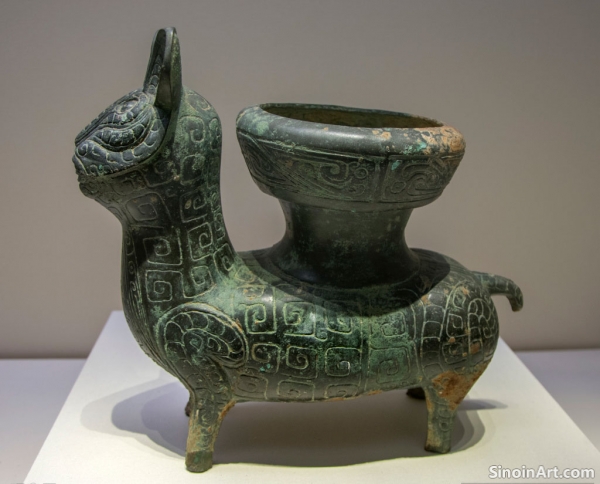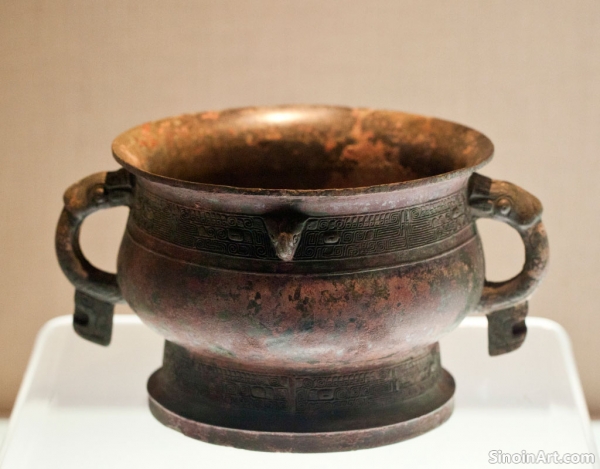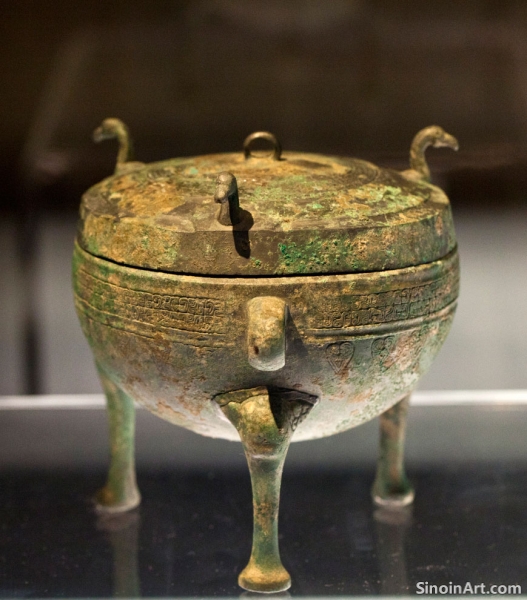The Conservation of Large Scale Bronze Sculptures: Challenges and Techniques
|
The conservation of large-scale bronze sculptures, such as those found in ancient Chinese tombs and temples, presents unique challenges due to their size, weight, and complexity. Preserving these monumental works of art requires careful planning, specialized techniques, and a team of skilled conservators. The scale of these objects presents its own unique set of challenges for the preservation process.  These large bronze objects are often subject to various forms of deterioration, including corrosion, structural damage, and surface degradation. The exposure to the elements, and the time that has passed since their creation, has meant that many pieces require specialized forms of restoration and preservation.  The conservation process involves a combination of physical interventions and environmental controls. The objects need to be carefully examined to determine the best approach to their restoration. Modern technological approaches help to enhance the restoration process.  Large bronze objects must be carefully cleaned, stabilized, and protected to ensure that they do not continue to degrade. The process must be approached carefully and with the long term preservation of the work in mind. The application of modern preservation and restoration techniques requires a deep understanding of the original materials and methods of fabrication. The ongoing efforts to preserve these large-scale bronze works help to ensure that these cultural treasures will be available for appreciation by future generations, helping to connect us to the past and allowing for future study and appreciation. The care taken with these objects has helped to ensure their survival. |
Tag : bronze sculpture conservation, large-scale artifacts, Chinese art restoration, cultural heritage, metal conservation
Related information
- The Bronze Masks of Sanxingdui: Exploring Ritual, Transformation, and the Unseen Realm
- The Impact of Bronze Ware on Ancient Chinese Society: A Social Perspective
- Bronze Ware and Ancient Chinese Medicine: Vessels for Preparing and Storing Remedies
- Bronze Ware and the Expression of Power in Ancient Chinese Tombs: Wealth, Status, and the Afterlife
- The Development of Bronze Mirrors in Ancient China: Reflecting History and Society
This article delves deeper into the bronze masks of Sanxingdui, exploring their unique characteristics, their role in ritual performances, their connection to the spirit world, and the insights they provide into the distinct religious beliefs of the ancient kingdom of Shu.
This article examines the impact of bronze ware on ancient Chinese society, exploring its role in shaping social structures, political power, and religious beliefs, and demonstrating its profound influence on various aspects of ancient life.
This article explores the use of bronze in ancient Chinese medicine for preparing and storing remedies, highlighting the creation of specialized vessels and containers, and revealing the connection between metallurgy and traditional healing practices.
This article explores how bronze ware was used to express power in ancient Chinese tombs, highlighting the connection between the quantity, quality, and arrangement of these objects and the social status of the deceased, as well as beliefs about their afterlife.
This article explores the development of bronze mirrors in ancient China, highlighting their use as functional objects, symbols of status, their role in ritual settings, and their reflection of changing social norms and artistic preferences.